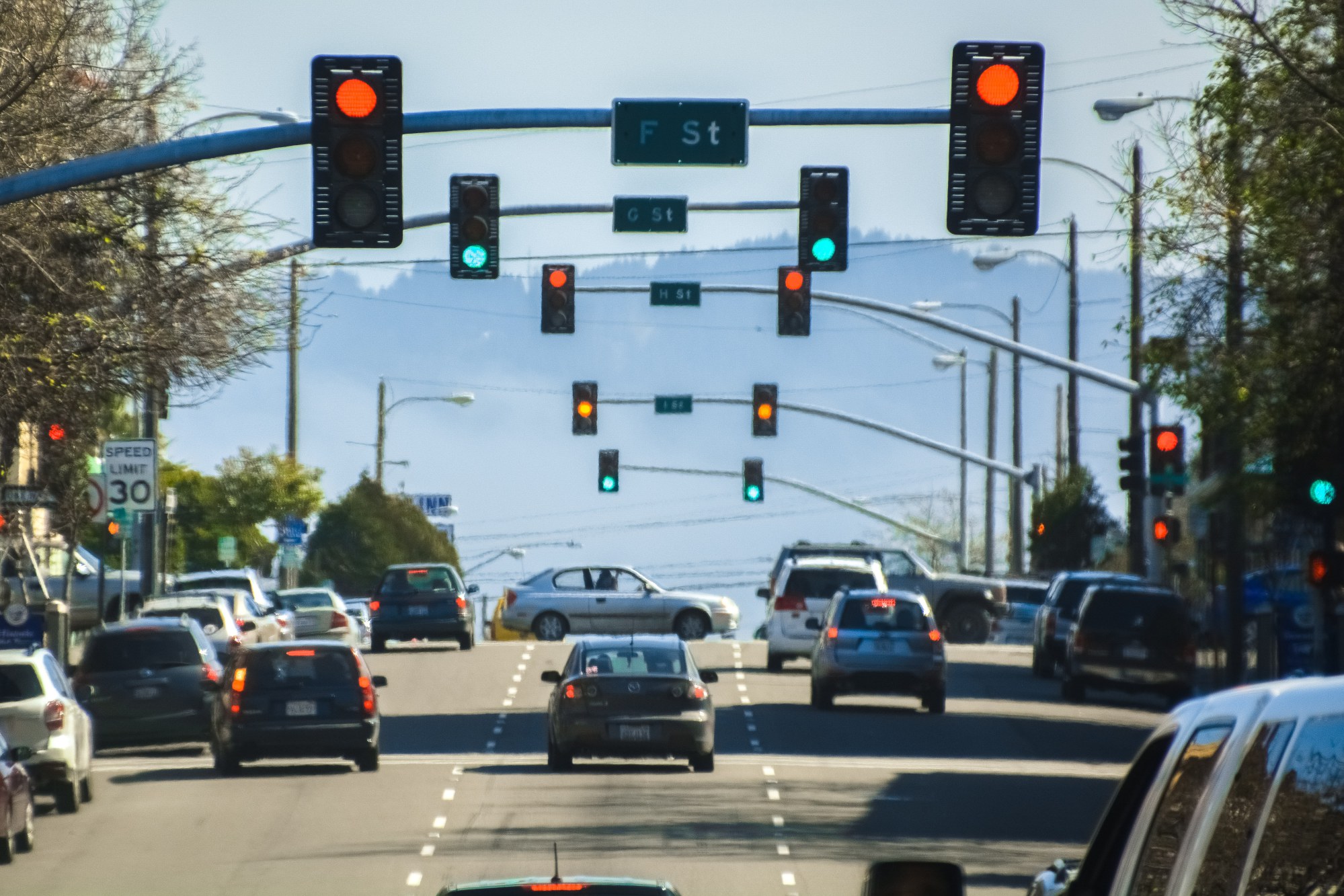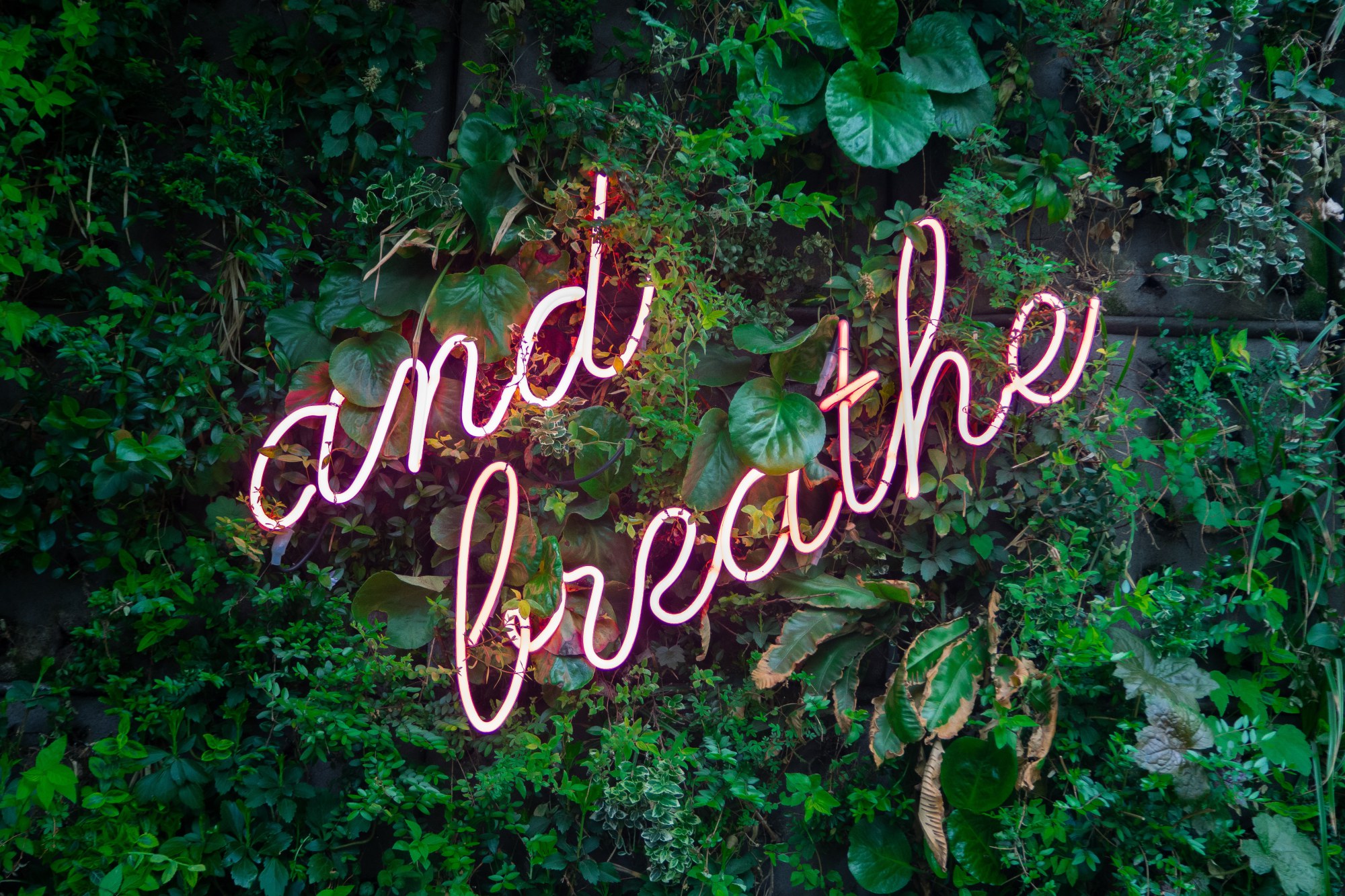The research in stress-reduction techniques and practices is extensive. The last few years of pandemic protocols, up-ended schedules, and even loss of loved ones has caused an enormous uptick in peoples’ stress levels, which is one reason why everyone is talking about it. Left unchecked, chronic stress can lead to both physical and mental health issues. For some people, acute stressful situations can also lead to full-blown panic attacks. All this is to say that stress is something that people of all ages need to be able to manage, now more than ever. Of the following two stress-reduction techniques, the first one can literally be practiced anywhere, anytime. The other may take a bit more dedicated space. Both are equally important to your health.
Focused breathing:
The stress response in humans, also called “fight or flight,” accelerates breathing and respiratory rates, tenses muscles, and causes a mega-release of stress hormones in the human body. Whether experiencing a particularly stressed out stand-alone moment, like being stuck traffic when you are late for work, or for longer periods such as caring for a loved one who is chronically ill, focusing on the breath is one technique that truly can be done anywhere, anytime. It really comes down to slowing down your breathing and thinking about the sensations of breathing, not the stress that is pulling you into short or long term panic mode.

To practice focused, conscious breathing, breathe in through your nose to fill your air with lungs slowly; hold for three seconds, and then breathe out through your mouth, slowly. Stay focused on how the breath feels coming into your body, how your lungs feel holding it, and how it feels leaving your body. Repeat this for several minutes or for as long as you are able. If your mind wanders, just gently bring it back to noticing your breath. This technique that has been practiced for thousands of years acts like a brake pedal for stress and/or emerging anxiety. It’s easy to incorporate conscious breathing into your daily routine, several times a day. Sitting at a red light when you should be at work? Take your mind off it (especially since you can’t do anything about it) and breathe. It won’t get you to work faster but it will be healthier for your body to ease it of fight-or-flight mode.

Body Scan.
This technique is perfect for when you have at least five minutes not to pay attention to anything else. If you are at work, it’s even possible to practice in your desk chair. If you are at home, lie down on a couch or bed. To begin, take five deep, focused breaths (see above). Then, starting with your head and neck, release all tension in those muscles. One way of doing this is to imagine that your muscles are melting into the surface where you are sitting or lying. Another method is to tighten the muscles in the area of the body you are specifically focused on and then immediately relax them and allow them to remain relaxed. After a minute, move down to your shoulders and chest. Next, do the same for your stomach/abdomen, then upper legs, then lower legs and feet.

The goal is to scan your entire body, one section at a time, and get those muscles to unclench. Repeat as many times as you have time for. Note: Body scan in a modified way can even be practiced in the car, waiting rooms, in line, etc. Make every red light you are at an opportunity to let all tension go in your head, neck and shoulders. By the time the light turns green, you’ll feel the difference.
These de-stress techniques, once you begin practicing them, will become like second nature. The better you get at noticing when you are under stress, whether short or long term, the more you will be able to incorporate the techniques into your day.




